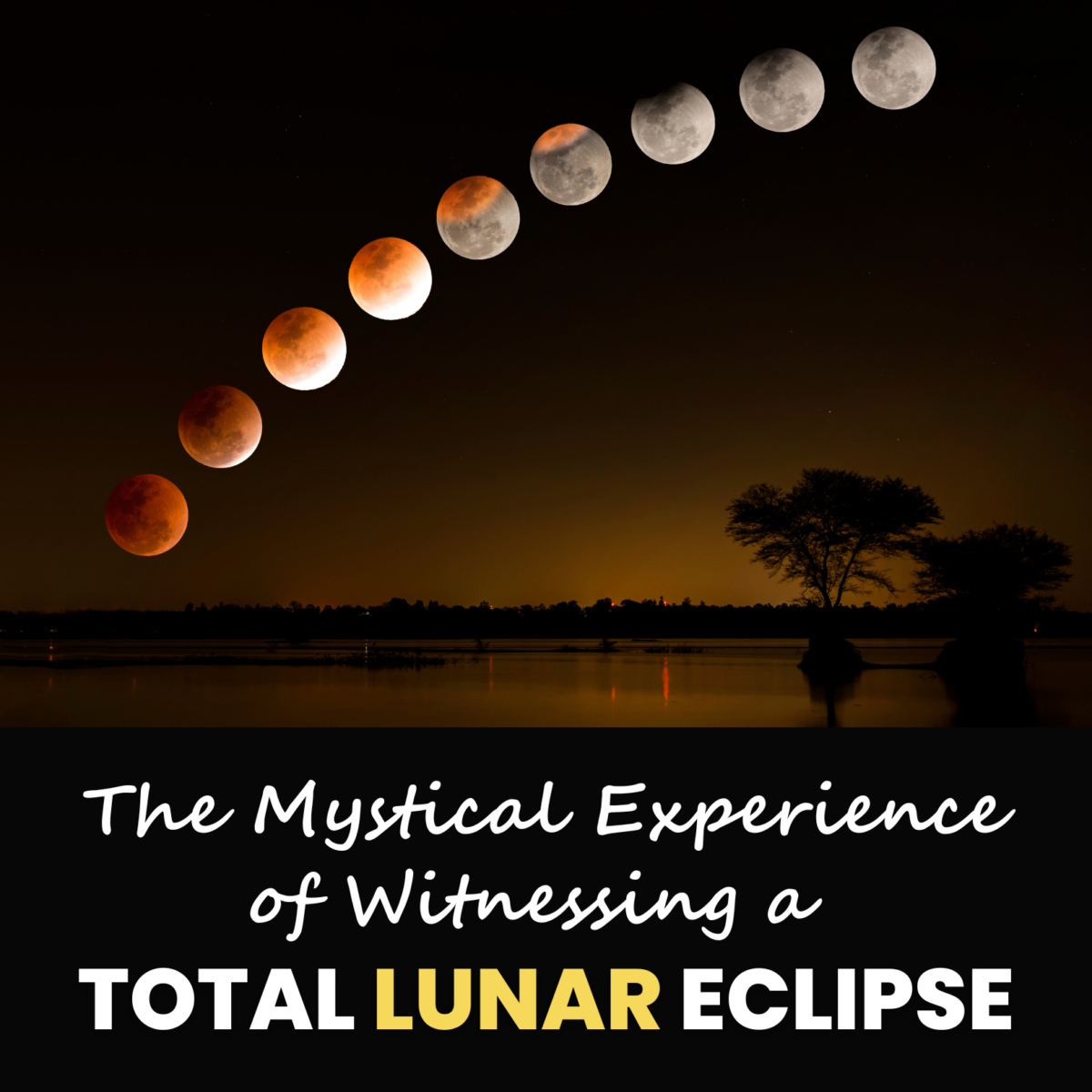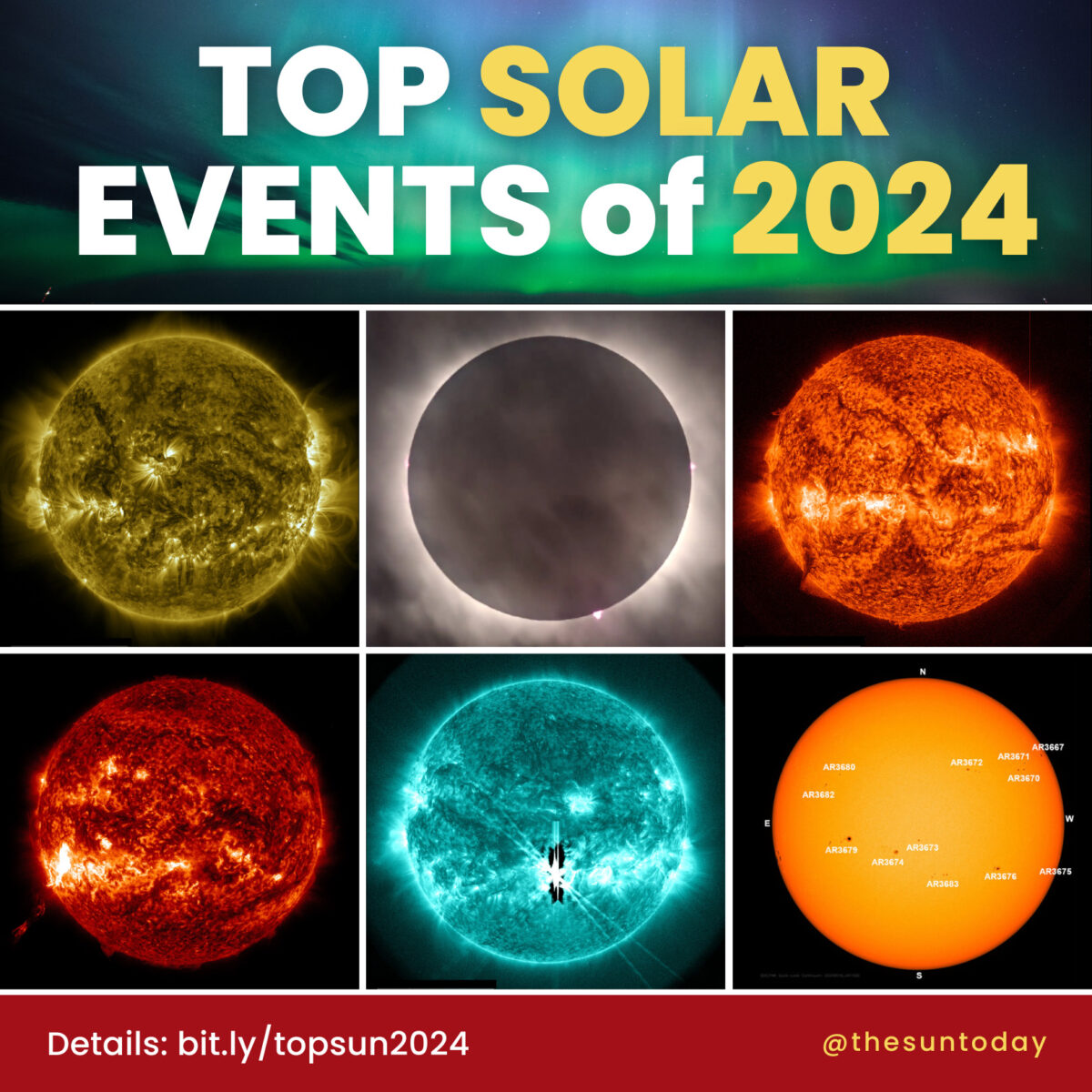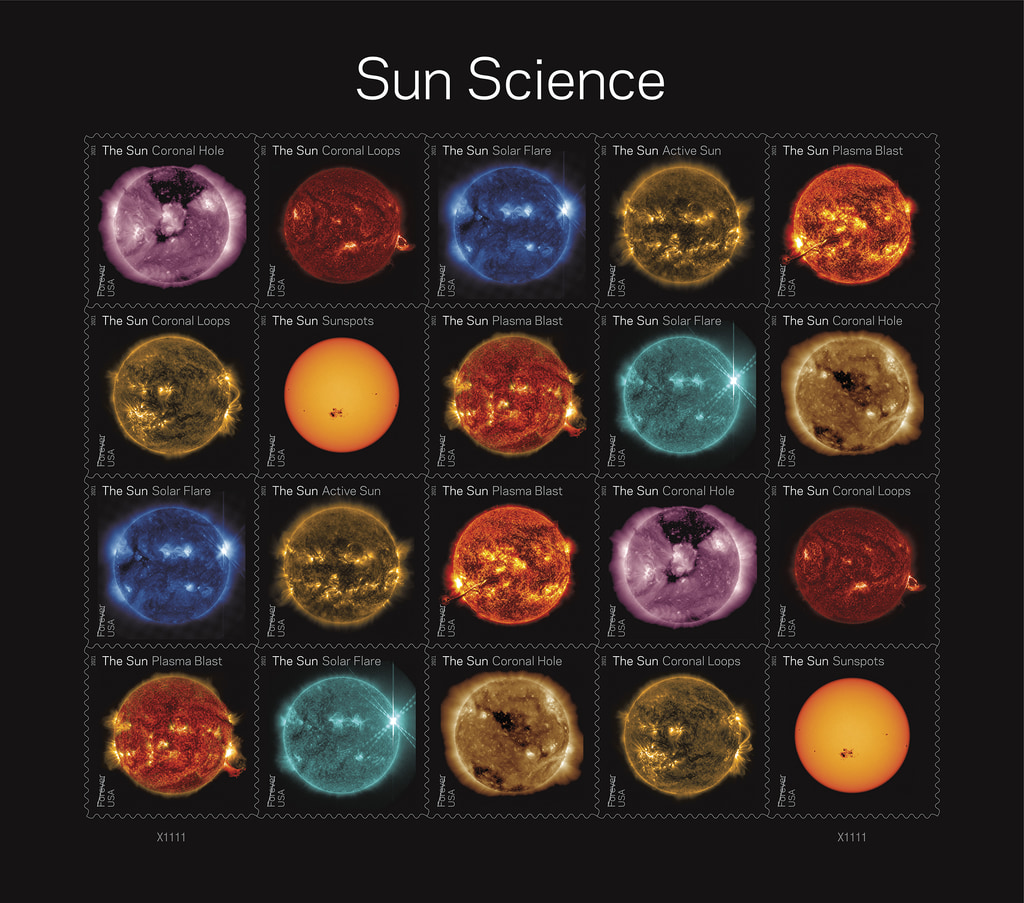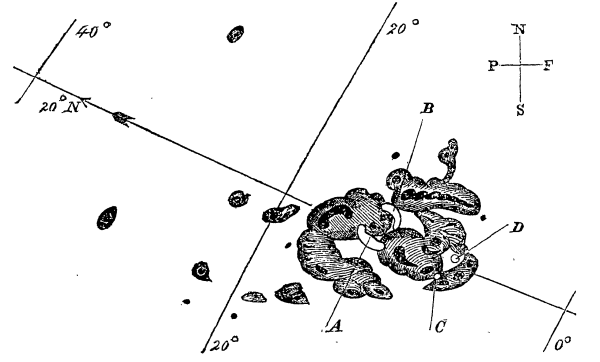
The First Observations of a Solar Flare
On September 1st, 1859, (161 years ago today) a 33-year-old astronomer called Richard Carrington, working at an observatory in Surrey, England, went about his daily duties of sketching the peculiar dark spots that he had been witnessing transiting the Sun.
He projected the Sun’s image from the telescope onto a screen (never look directly at the Sun through a telescope!) on which he would trace out the features that he observed. At the time no one knew what these peculiar spots were; some believed them to be openings in the bright clouds of the Sun, others thought they were mountain tops occasionally revealed by the Sun’s shifting atmosphere.
This one, in particular, was bigger than any that had been seen before; over 10 times the diameter of the Earth. Shortly after 11 am, as he was tracking the motions of the spot, he witnessed two beads of searing white light appear across the spot. Assuming that stray light had somehow entered the telescope, he jiggled the instrument to locate its whereabouts.
To his shock, the kidney-shaped beads of light stayed rooted to the image on the screen. This could only mean one thing; that this light was coming from the Sun itself! As Carrington himself wrote, he became, “rather flurried by the surprise of being an unprepared witness to the event”. He continued, “I hastily ran to call someone to witness the exhibition with me. On returning within 60 seconds, I was mortified to find that it was already much changed and enfeebled.”
After 5 minutes the light had faded altogether. For the hours that following he remained poised at the telescope in case the mysterious features reappeared. Carrington had become the first person to ever witness a solar flare.

Carrington’s sketch of the white-light flare and the sunspot group.
In the days that followed, Carrington ventured to the observatory at Kew Gardens in London to find out if anyone there had also witnessed the event. Unfortunately the last image of the Sun taken at Kew was on August 31st.
However, there was also a magnetometer at the observatory which measured changes in the Earth’s magnetic field. The instrument consisted of a compass needle hung on a silken thread in a darkened room. The needle would record any magnetic disturbances on a piece of photographic paper attached to a rotating drum.
Carrington was shown the papers from September 1st and 2nd, and about 17 hours after the time of the flare he had witnessed it appeared as though the Earth was struck by a magnetic fist; the needle had gone haywire! This must have been an dizzying and overwhelming moment for him.
Up until then, the only influence that the Sun was known to have on Earth (apart from sunlight) was gravity, proven by Issac Newton some 200 years earlier.
If Carrington was right, the event that he witnessed somehow stretched across 150 million kilometers of space and struck the Earth. That translates to a speed of 2500 kilometers per second! We now know that this magnetic disturbance was caused by the Coronal Mass Ejection (CME) that was associated with the flare, although the first observations of CMEs didn’t happen until 30 years later.
The Global Impacts of the Solar Flare
Over the months that followed the Carrington flare, reports began coming in from all across the globe of other effects that appeared to be related to it. The aurora (the northern and southern lights), usually confined to the polar regions of the planet, were observed as far south as Florida, Cuba and even the Bahamas.
One reporter for the Rocky Mountain News on September 17th, 1859, wrote, “On the night of [September 1] we were high up on the Rocky Mountains sleeping in the open air. A little after midnight we were awakened by the auroral light, so bright that one could easily read common print. Some of the party insisted that it was daylight and began the preparation of breakfast.”
Compass needles on trade ships crossing the Atlantic spun erratically making it impossible for navigators to get their bearings. Telegraph operators along the Eastern seaboard reported wild surges in the currents used to carry messages across the United States.
One unfortunate individual was even rendered unconscious when he was struck by a large arc of electricity that leapt from his equipment. Some managed to disconnect the telegraph machines from their batteries and continued to send messages powered purely by the current that was being induced in the wires, while in other places, the paper used to record the messages, which had been chemically treated, burst into flames.
What We Know About Flares
The flare that Carrington had witnessed was what we now know to be a white-light flare. White-light emission is only visible in the largest flares which are able to generate emission brighter than the surface of the Sun itself.
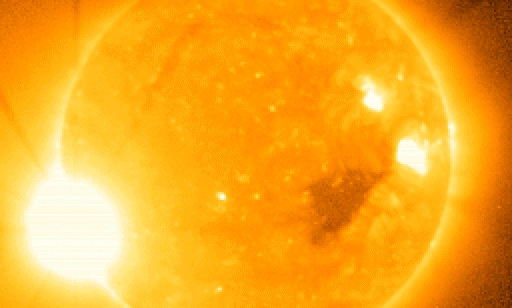
A modern solar flare recorded Dec. 5, 2006, by the X-ray Imager onboard NOAA’s GOES-13 satellite. The flare was so intense, it actually damaged the instrument that took the picture. Researchers believe Carrington’s flare was much more energetic than this one. CREDIT: NOAA
Recent estimates of the flare’s actual size place it as the largest ever observed in the 150 years since. Flares of this magnitude are believed to occur only once or twice every millennia and while in 1859 society had only begun to use electricity, should the same event were to occur today, in an age of satellites, cell phones, GPS receivers, airliners and electrical grids, the effects could be catastrophic.
Official estimates put the price tag of repairing the US infrastructure at $1-2 trillion in the first year alone, with full recovery taking up to a decade. Even now, 150 years on, we still are unclear how white-light emission is generated, how CMEs are accelerated to such high speeds, how radiation from flares affects the Earth’s upper atmosphere, or even why the Sun has a natural 11-year sunspot cycle.

The newly emerging field of Space Weather research, with its sophisticated telescopes and satellites, is only now attempting to answer these questions; but it all began with the insight and dedication of a great scientist, Richard Carrington.
Most of the information in this article was taken from Stuart Clark’s wonderful book, The Sun Kings: The Unexpected Tragedy of Richard Carrington and the Take Of How Modern Astronomy Began, which we thoroughly recommend you read if you wish to learn more about this pivotal event and how it changed our perception of the Earth’s place in the solar system.


